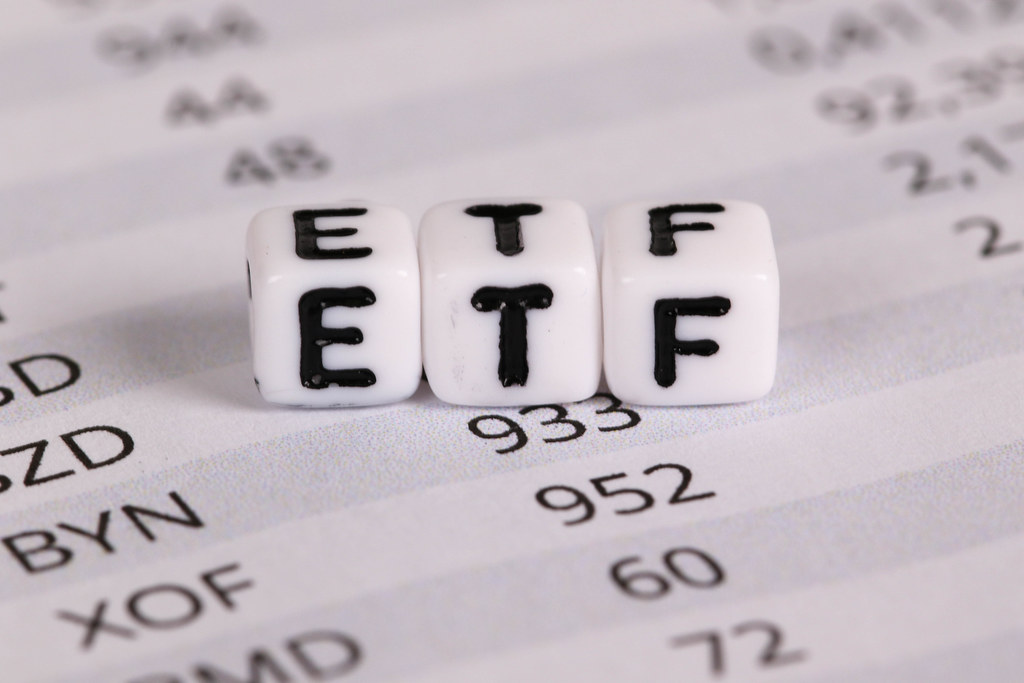Investing has evolved significantly over the years, and one of the most exciting developments in recent times is the rise of semi ETFs. These investment vehicles have gained immense popularity and success in the investment world, offering a unique blend of benefits for investors looking to learn and engage in investing.
Understanding Semi ETF Holdings: Demystifying the Components
Semi ETFs combine elements of traditional ETFs and mutual funds, offering investors the opportunity to actively manage their portfolios while still benefiting from diversification. These investment vehicles typically hold a basket of equities from various sectors, industries, or regions to mitigate risk and potentially increase returns.
Some semi ETFs also include bonds for stability and regular income payments. Certain semi ETFs allocate a portion of their holdings to commodities or currencies as a way to hedge against inflation or diversify currency exposure.
Additionally, some semi ETFs utilize derivatives or options strategies to enhance returns or protect against market downturns. Investors should thoroughly research and understand the implications before investing in these types of assets.
By understanding the components of semi ETF holdings, investors can make informed decisions based on their risk tolerance and investment goals.
Selecting the Right Semi ETF Holdings: Tips for Successful Investing
When investing in semi ETFs, it’s important to consider a few key factors for successful decision-making. First, define your investment goals and assess your risk tolerance to align your investments with your objectives. Next, research historical performance metrics like total returns and volatility to gain insights into fund performance.
Evaluate the expertise and track record of the fund manager or management team. Lastly, carefully assess fees and expenses such as expense ratios and transaction costs to ensure they don’t eat into your returns. By considering these factors, you can make informed choices when selecting semi ETF holdings.
Performance: Evaluating Returns and Portfolio Characteristics
When investing in semi ETFs, it’s important to evaluate their performance through return metrics and portfolio characteristics. Return metrics like annualized returns, total returns, and risk-adjusted returns provide insights into how well a semi ETF has performed compared to its benchmark or similar funds.
Analyzing portfolio characteristics such as beta, standard deviation, and correlation helps assess the risk and diversification within the ETF holdings. Understanding these metrics is crucial for selecting investments that align with your investment goals and risk tolerance.
Exposure Breakdowns: Assessing Asset Allocation Strategy
A well-diversified portfolio requires assessing exposure breakdowns within semi ETF holdings. This includes understanding asset class allocation, sector/industry concentration, and geographic exposures.
Analyzing asset class exposure breakdowns helps determine portfolio diversification. It identifies concentration risks or gaps in asset allocation strategy, ensuring a balanced mix of equities, bonds, and commodities.
Evaluating sector/industry/geographic exposure breakdowns reveals where investments are concentrated. Aligning these exposures with investment goals ensures portfolio alignment and reduces overexposure or underrepresentation within specific sectors or regions.
Assessing exposure breakdowns optimizes diversification and enhances risk management, enabling informed decisions about portfolio composition and alignment with investment objectives.
Securities Lending: Understanding Potential Benefits and Risks
Securities lending is a practice used by semi ETFs to generate extra income for investors. By lending out their underlying securities, these funds can increase overall returns and provide more income. However, it’s crucial to be aware of the potential risks involved.
Counterparty risk and failed settlement can impact the fund’s performance and liquidity. Before investing in semi ETFs that engage in securities lending, thorough research on policies related to this activity is necessary to understand the associated benefits and risks.
Embrace the Possibilities of Semi ETF Holdings
Investors can benefit from semi ETF holdings by actively managing their portfolios while enjoying the advantages of diversification and passive investing.
By carefully selecting the right semi ETFs, assessing performance metrics and portfolio characteristics, and understanding potential risks, investors can explore these investment vehicles as valuable tools for diversifying their portfolios and participating in the world of investing.
Semi ETFs offer a unique opportunity to tap into sectors, industries, and asset classes not easily accessible through traditional mutual funds or individual stock investments. They provide transparency in terms of underlying holdings and can engage in securities lending programs to potentially enhance fund performance.
Embracing semi ETF holdings allows investors to strike a balance between active management and passive investing benefits, leading to potential long-term financial success.
[lyte id=’QhvaqVeNgec’]





